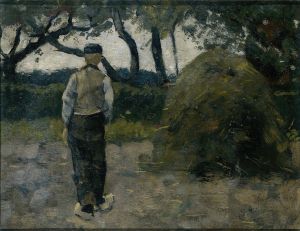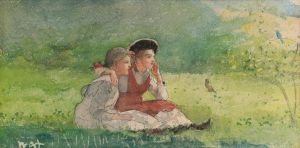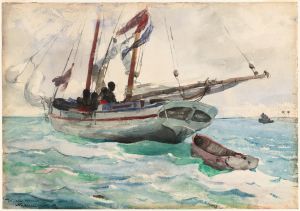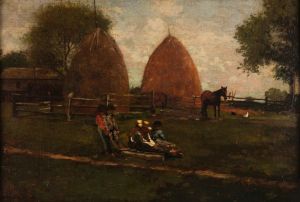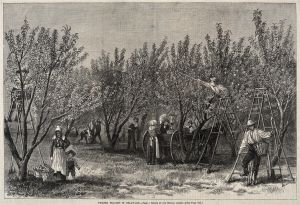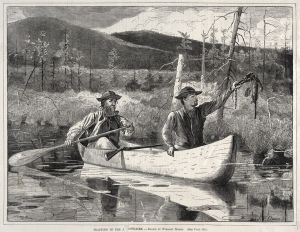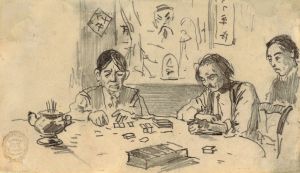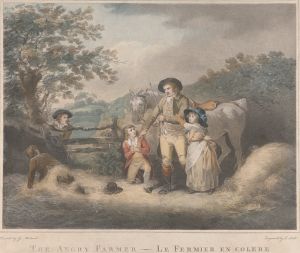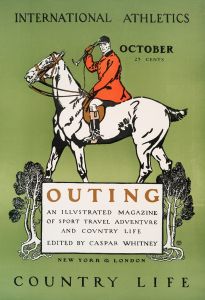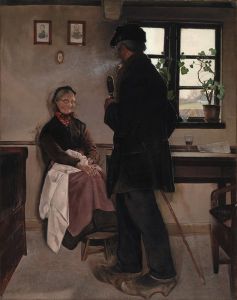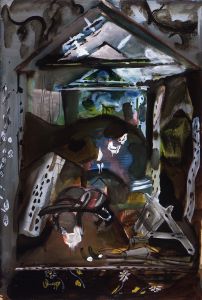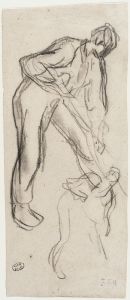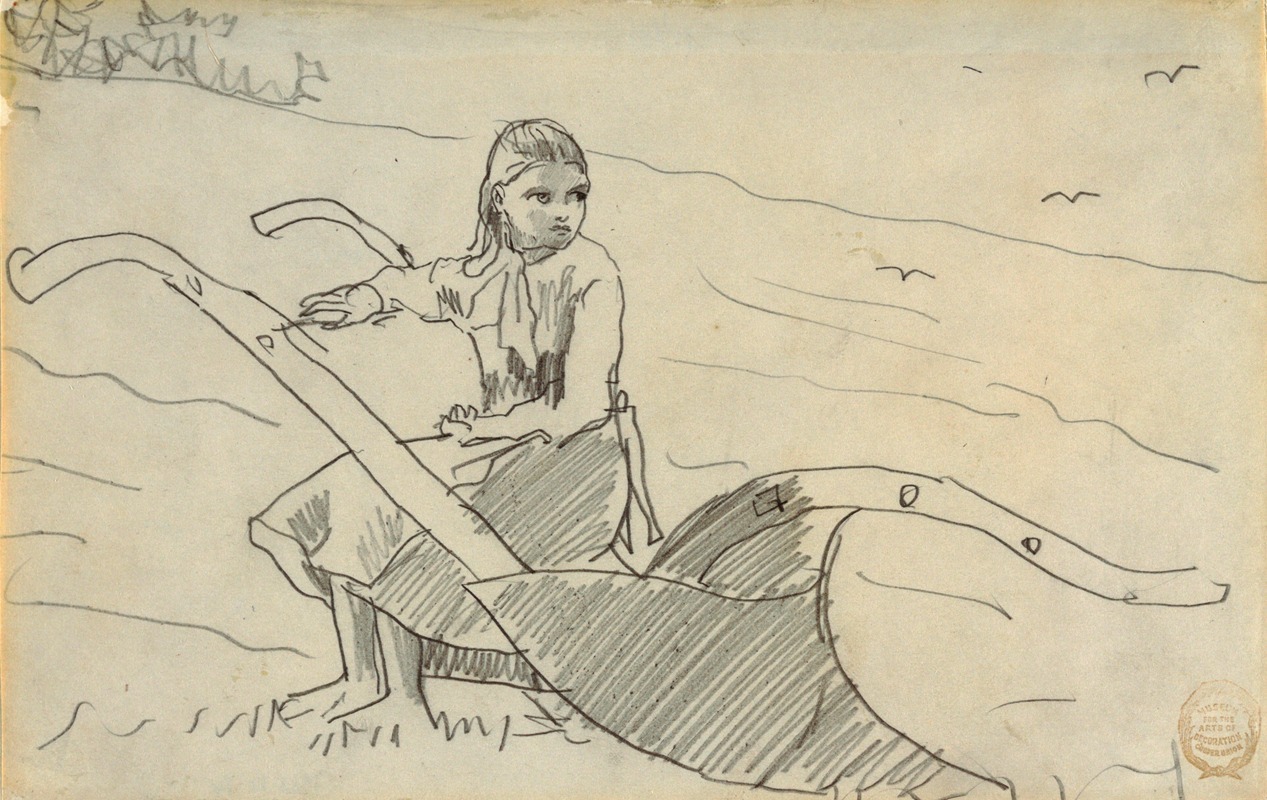
Girl Seated on a Plow
A hand-painted replica of Winslow Homer’s masterpiece Girl Seated on a Plow, meticulously crafted by professional artists to capture the true essence of the original. Each piece is created with museum-quality canvas and rare mineral pigments, carefully painted by experienced artists with delicate brushstrokes and rich, layered colors to perfectly recreate the texture of the original artwork. Unlike machine-printed reproductions, this hand-painted version brings the painting to life, infused with the artist’s emotions and skill in every stroke. Whether for personal collection or home decoration, it instantly elevates the artistic atmosphere of any space.
"Girl Seated on a Plow" is a painting by the renowned American artist Winslow Homer, created in 1874. Homer is celebrated for his contributions to American art, particularly his depictions of rural life and his masterful use of watercolor and oil paints. This particular work exemplifies his ability to capture the essence of everyday life with simplicity and depth.
The painting portrays a young girl seated on a plow, set against a pastoral landscape. The composition is straightforward yet evocative, highlighting Homer's skill in rendering scenes of rural America with authenticity and charm. The girl, dressed in typical 19th-century attire, is depicted in a moment of rest or contemplation, which adds a narrative quality to the work. Her posture and expression suggest a pause in the day's labor, offering a glimpse into the life of rural youth during this period.
Homer's choice of subject matter reflects his interest in the themes of work and leisure, as well as his fascination with the American countryside. During the 1870s, Homer frequently explored rural themes, often focusing on the lives of children and women, which were central to the agrarian lifestyle of the time. This painting is a testament to his ability to convey the quiet dignity and resilience of his subjects.
The setting of "Girl Seated on a Plow" is indicative of the post-Civil War era in America, a time when the nation was undergoing significant social and economic changes. The rural landscape, with its open fields and agricultural implements, serves as a backdrop that underscores the importance of farming and the connection to the land in American life. Homer's work during this period often reflects a sense of nostalgia for a simpler, pastoral way of life, which was increasingly threatened by industrialization and urbanization.
Homer's technique in this painting is characterized by his use of light and shadow to create depth and texture. His brushwork is both precise and expressive, capturing the nuances of the girl's clothing and the metallic sheen of the plow. The color palette is muted yet rich, with earthy tones that enhance the naturalism of the scene.
"Girl Seated on a Plow" is part of Homer's broader oeuvre that includes other notable works such as "Snap the Whip" and "The Cotton Pickers," which similarly explore themes of rural life and labor. While not as widely known as some of his other paintings, this work contributes to our understanding of Homer's artistic vision and his commitment to depicting the American experience with honesty and empathy.
The painting is held in a private collection, which limits public access but underscores its value as a piece of American art history. Winslow Homer's legacy as a pivotal figure in American art is reinforced through works like "Girl Seated on a Plow," which continue to resonate with audiences for their timeless portrayal of human experience and connection to the land.





